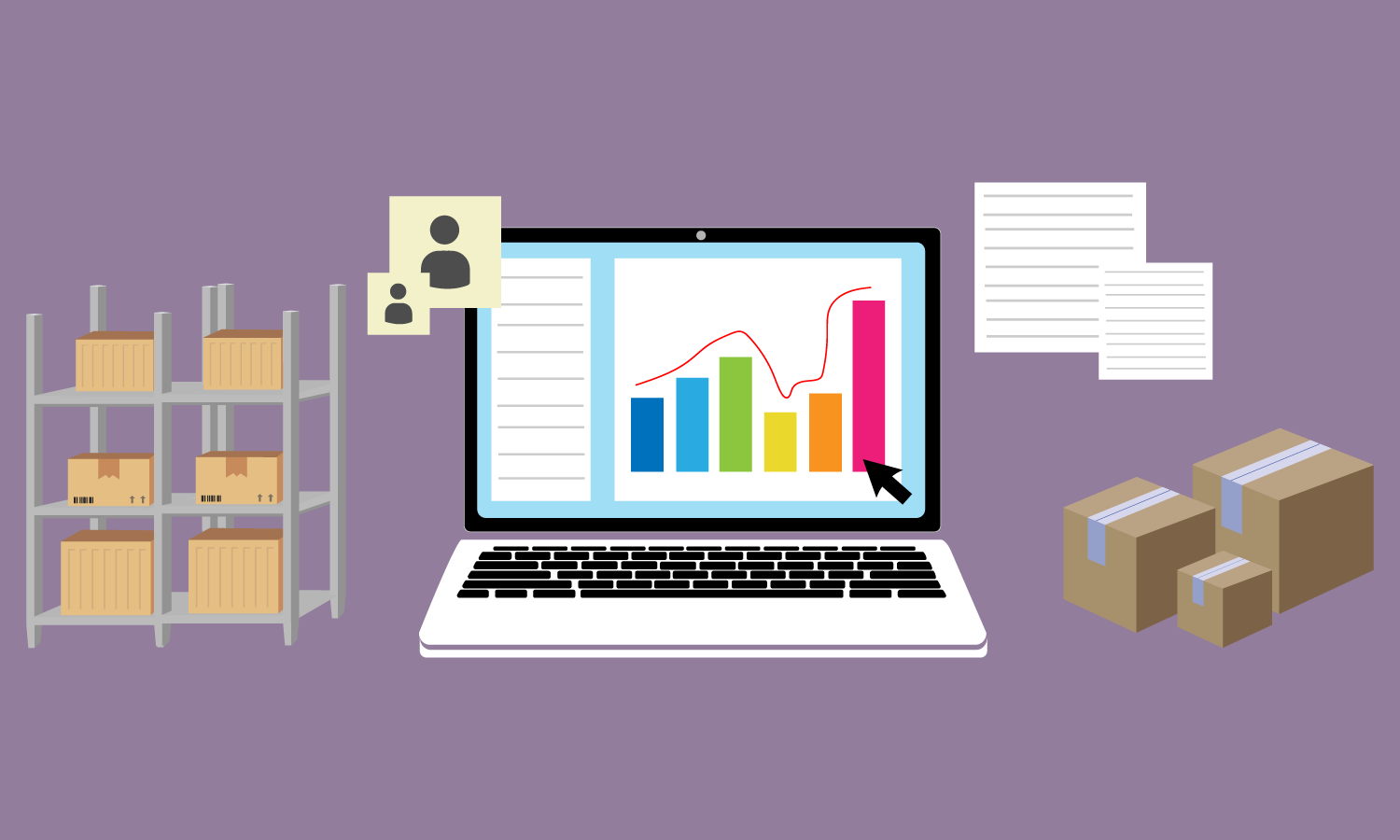Efficient stock control means that you are able to trace and track a particular item throughout your supply chain. Inventory can tie up a lot of your business capital, so it is crucial to have accurate information about stock levels and values. With a good system in place, tracking is straightforward and made easy. Here are some stock control tips and techniques.
What is stock control?
Stock control shows how much stock, or inventory, you have at any given time. Maintaining control helps you to keep track of all your items. Allowing you to have what you need in the right place, at the right time. Stock control keeps track of every item you use to produce a product or service and encompasses visibility through every stage of your process. This includes purchasing, delivery, and re-ordering stock. Ensuring control over your inventory helps to make sure that none of your items are tied up, and helps to protect against any problems that may arise.
Types of stock
Everything, yes everything, which you use to make products or provide services, is part of your stock. How much of each type of stock you should keep, is dependent on the type.
There are four main types of stock:
- Raw materials and components
- Work in progress
- Finished goods ready for sale
- Consumables
How Much Stock You Should Keep on Hand?
Figuring out how much inventory to keep on hand depends on the size and type of business. It also depends on how much and what type of stock is involved. Dependent on the amount of space you have available; you can keep your items in storage, or, in some cases, pay a fee to have someone else store it for you. Of course, there are advantages and disadvantages to both scenarios.
Some advantages of keeping stock on hand: it’s easy to manage, there are low management costs, and you have everything you need in one place. The disadvantages are: higher storage and insurance costs, your capital is tied up, and your stock may become obsolete or perish before it is used.
The advantages to paying a fee to have someone store inventory for you is that it is efficient and flexible because you only get what you need when you need it, there are lower storage costs, and there is less waste of stock. Some of the disadvantages are that you are completely dependent on the people storing your stock, and if there is a problem with the system, it could result in issues receiving your items.
Stock Control Methods
Deciding how much stock you want to keep on hand can be difficult, and trying to figure out how you want to store and control your inventory can be even harder. However, there are some stock control methods that help!
There are several efficient methods that are designed to control your stock. They help you decide what, when, and how much inventory to order. You may just use one, or decide that a combination of ways works better for you.
The first method is minimum stock level, also known as the re-order level. Using this method you identify a minimum stock level and re-order when your items reach that. The second method is stock review. With this method you regularly review your stock and place an order when it hits a predetermined level. Just in time (JIT) is the third common approach used. With JIT, it helps to reduce costs because it is designed to deliver items when they are needed and then used immediately. However, when using this method there is a risk of running out of stock. All of these methods work either on their own, or together. You can also use other processes such as re-order lead time, economic order quantity, batch control, or first in, first out (FIFO) to refine the stock control system.
RFID and Stock Control
Using radio-frequency identification (RFID) makes stock control faster and more accurate. It helps to keep track of your inventory, reduce errors, and eliminate the cost of manual record keeping. RFID is made up of 2 components, the tag and the reader. An RFID reader scans a product by waving the device in the general direction of the tag. The reader then picks up the RFID tag using radio wave signals, which gives a significant amount of product information.
There are many advantages to using RFID for stock control:
- Tags can be read remotely and at a distance
- Several tags can be read at once
- You can track your products using unique identification codes
- Prevent over-stocking or under-stocking
Summary
Therefore, the key to accurate inventory control is a greater understanding of customer demand for your product or service. The bottom line is that inventory control is fundamental to the survival of your business. If you do not manage and control your inventory, you’ll never really know how your business is doing. It’s a competitive market out there. Don’t let inventory excess or shortages become your failure.



